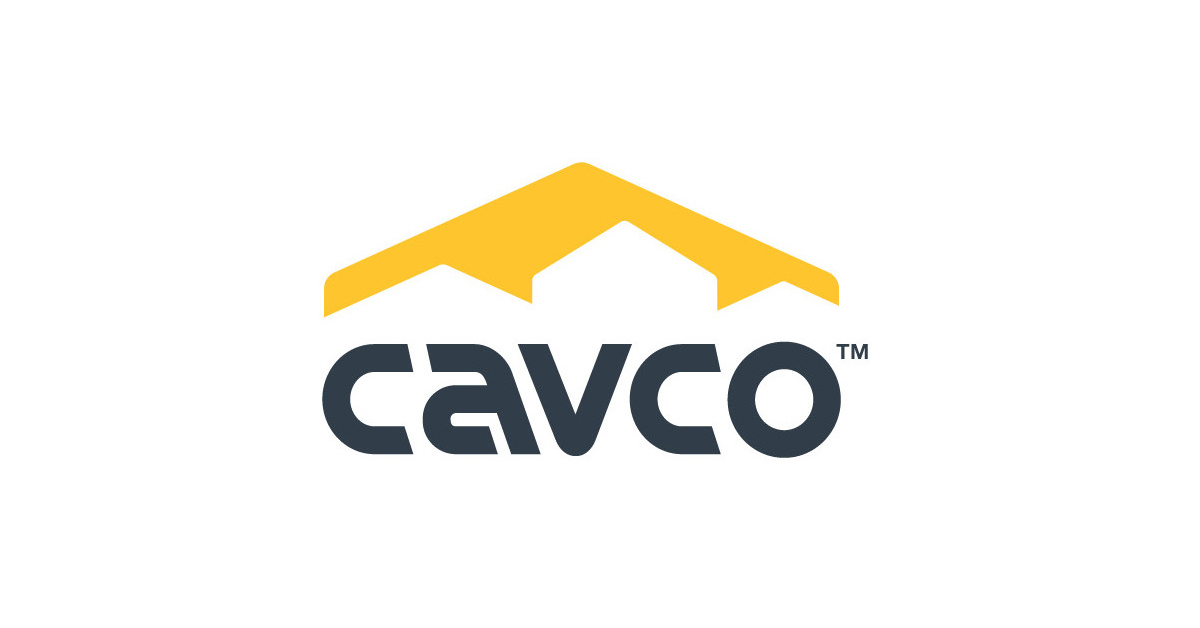This is a step-by-step stock review to answer the question, is Cavco (CVCO) stock a good buy?
This article will teach you how to use the 4Ms of investing. This will be a detailed walkthrough to show you how the 4Ms work and why they are important. If you are interested, you can log into Tykr to use the 4M Confidence Booster (Powered by OpenAI) which will allow you to complete a 4M Analysis in less than 60 seconds.
What are the 4Ms?
- MOS (Margin of Safety) – The MOS is the math part of investing which includes the Summary, Score, and MOS (Margin of Safety).
- Meaning – The meaning is the business model and how scalable the revenue streams are.
- Moat – The moat is how the business compares to other companies in the same Sector and Industry.
- Management – The management is the track record of the CEO.
What 4M score are we going for?
- 80-100 = High confidence – Yay! You should have high confidence buying this stock. It passes all 4M!
- 60-79 = Moderate confidence – Alert! There may be better stocks in the market. Only buy this stock if you truly believe the company will improve!
- 0-59 = Low confidence – Warning! There are better stocks in the market. Due to the low score, you should consider looking at other stocks.
Table of Contents
1. Cavco Company History
When investing in stocks, it’s important to know the company’s history. This helps us understand the various revenue streams, if they acquired other companies, how they grew through difficult times, and how they separated themselves from the competition.
3. Meaning
When investing in a company, it’s important to know how a company makes money. A mature business model has multiple streams of revenue which allow the company to weather downturns in the economy.
Here is how Cavco (CVCO) makes money:
- Home Sales: Earns revenue by manufacturing and selling manufactured homes, modular homes, and park model RVs.
- Retail Operations: Generates income through company-owned retail centers that sell Cavco homes.
- Commercial Projects: Engages in commercial construction projects, providing modular buildings for various uses.
- Leasing: Makes money by leasing homes and land-lease communities.
- Financing Services: Offers financing options for home buyers and earns from interest and service fees.
- Insurance Services: Provides insurance products related to manufactured homes and earns premiums.
- After-Sales Services: Gains revenue from after-sales services, including maintenance and home customization options.
Here are a few of the other companies that Cavco (CVCO) has acquired over the years. This is important because a company will use a “Buy before build” philosophy to go to market faster and add additional streams of revenue. A company with more revenue streams has a more stable business model. Keep in mind, that most companies don’t build new software because it takes too long to go to market and generate revenue.
- Destiny Industries LLC
- Nationwide Homes
- Lexington Homes
- Fairmont Homes
4. Moat
When investing in a company, it’s important to understand how a company ranks against other companies in the same sector and industry. Based on the Score, here is how Cavco (CVCO) stacks up against other companies.
- Hovnanian Enterprises, Inc. PFD DEP1/1000A. (HOVNP) – 83
- United Homes Group, Inc. (UHG) – 50
- LGI Homes, Inc. (LGIH) – 50
- Cavco (CVCO). – 44
- Legacy Housing Corporation. (LEGH) – 39
To see the most up-to-date Summary, Score, and MOS and each stock, please log into Tykr.
5. Management
When investing in a company, it’s important to understand who the CEO is, what they have accomplished in the past, and how they have helped this company grow. Good leaders typically have stronger cultures, less turnover, and better returns in the stock market.
6. 4M Score
All of our homework on this company leads up to the 4M Score. A lot of investors only look at the numbers. Yes, it’s important to look at the first M (MOS) which is the math part of investing but it’s also important to look past the numbers and also look at the Meaning, Moat, and Management. If all 4Ms pass, we should have high confidence in buying this stock.
What 4M score are we going for?
- 80-100 = High confidence – Yay! You should have high confidence buying this stock. It passes all 4M!
- 60-79 = Moderate confidence – Alert! There may be better stocks in the market. Only buy this stock if you truly believe the company will improve!
- 0-59 = Low confidence – Warning! There are better stocks in the market. Due to the low score, you should consider looking at other stocks.
👉 The 4M Score of Cavco (CVCO) is 80/100.
To see the most up-to-date 4M Score, please log into Tykr.
7. Is Cavco (CVCO) stock a good buy?
Some of the top questions investors can have is Cavco (CVCO) stock a good buy or should I buy Cavco (CVCO) stock?
Investing in Cavco Industries can be a solid choice. Cavco is a leading manufacturer of manufactured homes and park model RVs, catering to the growing affordable housing market. With high-quality products and a strong distribution network, Cavco meets increasing demand for cost-effective housing solutions. The company’s financial stability and consistent performance bolster its investment appeal. However, economic fluctuations and regulatory changes in the housing sector could impact growth. Despite these risks, Cavco’s market position and commitment to innovation make it a worthwhile investment. Always assess market trends and consult a financial advisor.
—
To truly know if Cavco is a good stock to buy or sell, we recommend you log into Tykr. Within seconds you can see the Summary, Score, MOS, and 4M Score.
If you found this stock review interesting, you may also like this review on Google.

